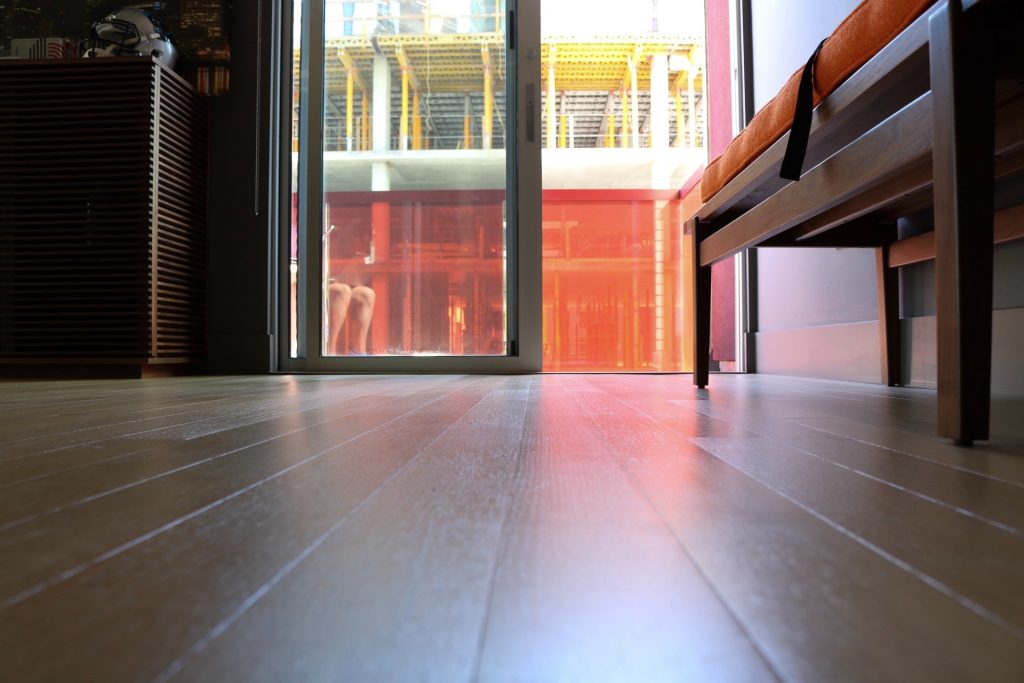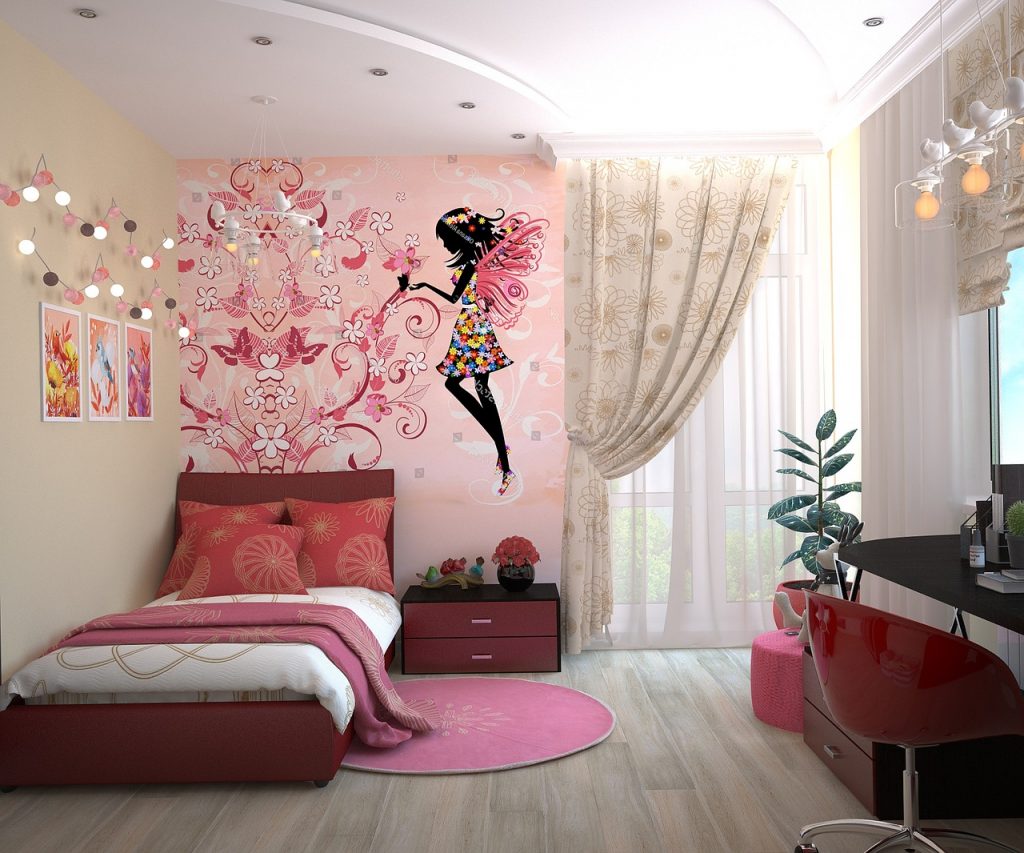In this era of digital revolution, the way we display and consume visual content is rapidly evolving, giving birth to innovative technologies that push the boundaries of traditional displays. Among such advancements, LED walls stand out, transforming vast spaces into vivid canvases of light and color. Let’s dive into the world of LED walls, exploring their applications, how to choose the right one, their working mechanism, and much more.
What Are LED Walls?
LED walls, also known as ledwalls or LED screens, are large displays made up of light-emitting diodes that project video and visual content, much like a massive, glowing wall. These digital screens are seamless, offering a continuous image without visible gaps between modules and cabinets, making any space a potential stage for vibrant and dynamic visual displays. Originally prominent in television studios and for scenic backdrops, the term now encompasses a wide range of applications, both indoor and outdoor, including digital billboards and informational displays.
Choosing the Perfect LED Wall
Selecting the ideal LED wall boils down to understanding its various specifications and how they align with your needs. Factors such as the IP protection degree (ranging from 30 to 68), brightness (from 600 to 15,000 Nits), energy consumption, LED type (SMD or DIP), size, refresh rate, maintenance access options, pixel pitch (from 0.7 to 50 mm), and overall size play a crucial role. Partnering with a seasoned supplier like Macropix can simplify this decision, ensuring you get a wall that fits your space, audience, and content needs perfectly, whether it’s for indoor, outdoor, or window displays.
Applications of LED Walls
The versatility of LED walls has led to their widespread use across various domains. From outdoor advertising, shop windows, public information displays, to indoor scenarios like event staging, TV studios, corporate receptions, and control rooms, LED walls offer unparalleled engagement. Their adaptability also shines in challenging environments – from humid seaside locations to the harsh conditions of deserts or mountain tops, with special models designed for energy efficiency and reduced light pollution.
How LED Walls Work: A Glimpse into Technology
The emergence of LED wall technology is a dream come true for architects, designers, and digital creators, facilitating the digital transformation of any surface, be it curved or customized into unique shapes. MacroPix leads with its deep understanding of this technology and its proprietary software, Omnibus and Curator, allowing for precise control over power consumption and automatic brightness adjustment. These innovations ensure that the LED wall operates efficiently, maintaining optimal visibility under varying lighting conditions.
Key Characteristics
An essential feature of LED walls is the pixel pitch – the distance between adjacent pixels, indicating the resolution. A smaller pixel pitch denotes a higher definition, allowing closer viewing without image degradation. Current advancements have reduced pixel pitches to less than one millimeter, rivaling traditional LCD or OLED displays in definition but surpassing them in size flexibility and longevity.
Conclusion
LED walls have redefined the landscape of digital displays, merging technical innovation with creative vision. With the right understanding and selection, they offer infinite possibilities to captivate audiences, enrich public spaces, and enhance commercial and entertainment venues. Whether you’re planning an outdoor spectacle or an indoor presentation, comprehending the intricacies of LED walls is your first step towards creating an unforgettable visual experience.



